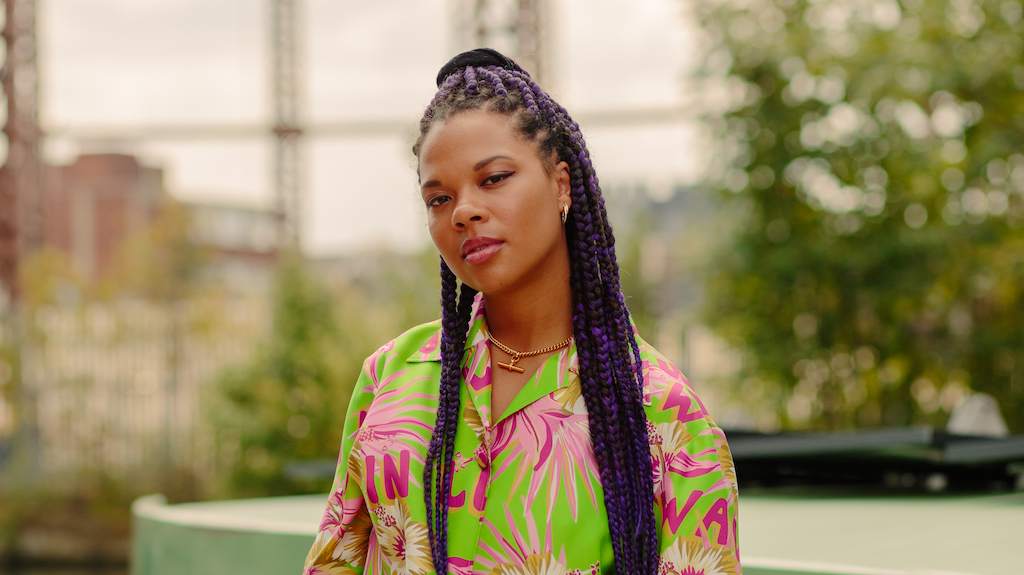Published
Wed, Aug 3, 2022, 13:00
- Spearheaded by BBC Radio 1 DJ Jaguar, the report found that 63 percent of senior roles in live music were occupied by men compared to 37 percent by women.

A new report billed as the "first of its kind" has taken an in-depth look at gender diversity in the UK dance music industry.
Published today, August 3rd, by The Jaguar Foundation, "Progressing Gender Diversity in UK Dance Music" was created because "research and statistics about gender in dance music simply didn't exist on this level," the report's lead, BBC Radio 1 DJ Jaguar, told Resident Advisor. The report used a mix of quantitive (streams, festival lineups, radio airplay) and qualitative (roundtables, artist interviews, stakeholder interviews) data.
The main conclusion is that, despite the industry's current valuation at $6 billion, women and non-binary artists still face many more challenges compared to men. According to the report, 63 percent of senior roles in the live music industry were occupied by men compared to 37 percent by women.
Here are some more key findings. Only five percent of dance tracks in the UK charts from 2020 through 2022 were made exclusively by women and non-binary artists. In terms of radio play, just one percent of the top 200 tracks on 12 UK radio stations—including BBC Radio 1, Heart FM and NTS Radio—during 2020 and 2021 featured women and non-binary artists.
Among 22 festivals analysed, 14 percent of lineups in 2018 featured women and non-binary acts, rising to 21 percent in 2021 and 28 percent in 2022 based on the 14 festivals that had released their lineups. The lineups of larger festivals with around 20,000 people featured, on average, 15 percent women and non-binary artists between 2019 and 2022 (not including 2020), while smaller festivals averaged at 25 percent.
"Money talks, that's all promoters care about," said Annie Mac. "On a base economic level, we have to show that female headliners can sell tickets, and once that happens, which it has in the past and obviously we know they can, promoters will book them."
The report's analysis of ticket buyers, based on data provided by UK company Skiddle, found that fewer women and non-binary artists on lineups also means fewer gender minorities on the dance floor. Between 2019 and 2022, only 15 percent of events attracted more than 60 percent women punters. This compares with more than 60 percent male attendance at 37 percent of events during the same period.
But gender disparity isn't the only issue. "Another revealing aspect was how many of the women and non-binary people interviewed didn't feel safe in their workplace (AKA the club) and how there is a real lack of safety regulations," Jaguar told RA.
She added: "There's a lack of diversity in our industry because we live in a patriarchal society [...] So we need to shake up everything up. I think the best festival or club lineup is when it's a complete mixed bag of sound, of colours, of types of people. There's a lot of work we need to do, and it all starts with representation and with all of us coming together."
Read the full report, and find out more about The Jaguar Foundation's Future 1000 initiative, which launched last year.